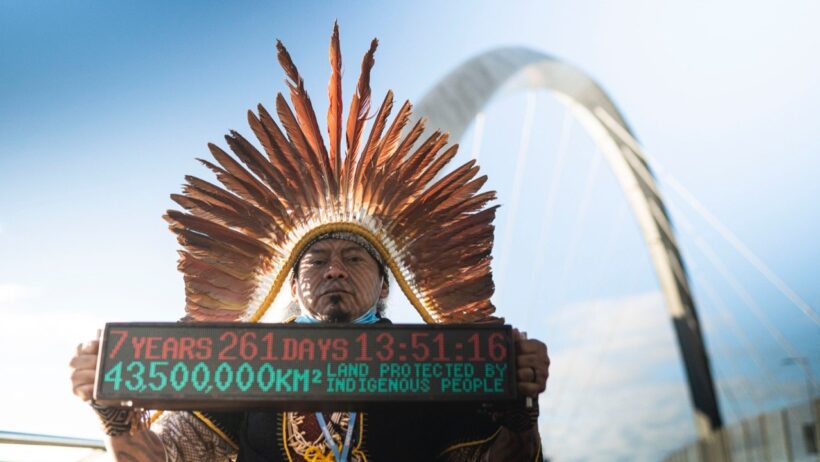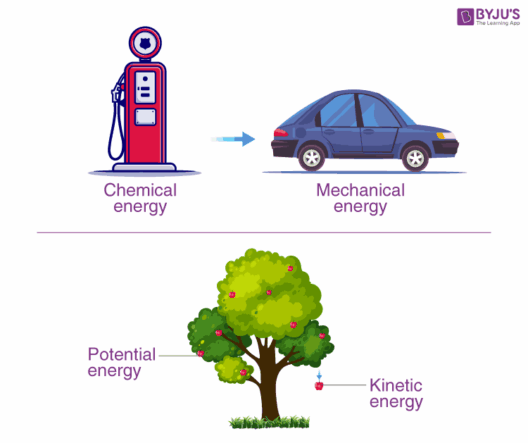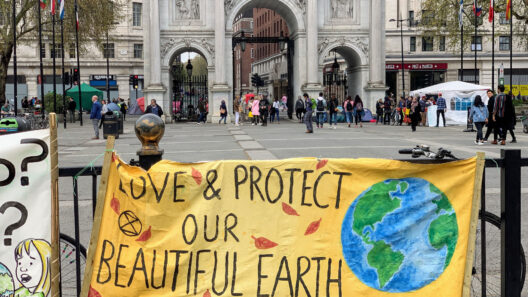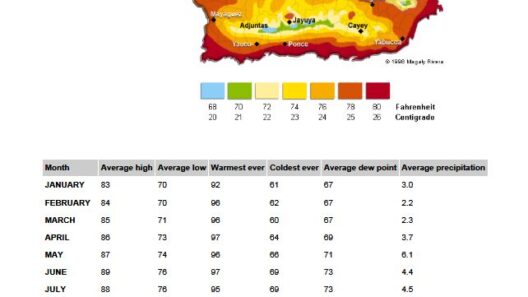The concept of the Climate Clock has emerged as a striking metaphor for urgency and action in our battle against climate change. It encapsulates the time we have left to avert catastrophic global warming and serves as a clarion call to individuals, communities, and governments alike. The clock ticks down, and with each passing moment, the imperative to act intensifies. In this article, we delve into the essence of the Climate Clock, its implications, and the necessary actions required to realign our future.
As the world faces a climate crisis of unprecedented proportions, the Climate Clock functions as both a visual representation and a stark reminder. It illustrates the finite window we have to curtail greenhouse gas emissions, highlighting a specific target—keeping global warming below 1.5 degrees Celsius. This target, established under the Paris Agreement, serves as a flashpoint for conversations surrounding mitigation strategies and climate resilience. With the clock ever-ticking, it urges humanity to confront the harsh realities of our ecological footprint.
The implications of the Climate Clock cannot be overstated. Each tick accurately conveys a sense of urgency that resonates across diverse demographics, transcending cultural and geographical boundaries. This amalgamation of time and environmental awareness galvanizes individuals, pushing them to re-evaluate their daily decisions. As the countdown unfurls, the dichotomy between inaction and proactive change intensifies. The familial bonds of our planet are at stake; the choices made today will reverberate for generations to come.
Central to the dialogue surrounding the Climate Clock is the concept of accountability. Society often grapples with a paradox: while it is crucial for every individual to contribute to climate action, systemic change is fundamentally necessary to address the burgeoning crisis. This requires a multi-faceted approach, integrating policy reform, technological innovation, and communal engagement. The ticking clock serves as a reminder that both individual and collective actions matter, and that a concerted effort is essential to turn the tide.
The Climate Clock as a Call to Arms
Realizing its potential as a call to arms, the Climate Clock invigorates a new wave of environmental activism. Social movements fueled by various grassroots organizations are harnessing this urgency to advocate for sustainable practices and policies. The clock is not merely a static display; it inspires dialogues about renewable energy, carbon-neutral economies, and conservation efforts. It galvanizes communities to rally behind sustainable practices, becoming an integral part of local and global activism.
In recent years, striking visualizations of the Climate Clock have captured public attention. These digital installations elegantly meld art with scientific data, translating complex statistics into universally understood imagery. Such representations lay bare the potential futures we face. The creative approach captivates those who might otherwise feel alienated from environmental discussions, turning indifference into engagement. The time is now. It becomes a rallying banner: “This is our moment to shine, to innovate, to change.”
Embracing the Time of Transformation
As nations grapple with the multifarious facets of climate change, there is an extraordinary opportunity for transformative action. The clock serves not only as a reminder but also as a catalyst for innovation. As urgency mounts, the demand for sustainable technology surges, paving the road for alternative energy sources like solar, wind, and hydroelectric power. These technologies challenge traditional energy paradigms, heralding a transition away from fossil fuels and toward greener alternatives.
Furthermore, corporate responsibility plays a pivotal role in this transformative time. The Climate Clock highlights the necessity for businesses to adopt sustainable practices, mindful of their ecological footprint. Companies are increasingly recognizing the value of environmental stewardship, seeking to align themselves with sustainability goals. This shift could foster a new economic paradigm, distinguishing those who prioritize ecological integrity from those who do not. It is time for businesses to realize that a healthy planet should be at the forefront of their operational strategies.
Individuals can also play a part in this transformative movement. Simple actions, such as reducing waste, conserving energy, and choosing sustainable products, accumulate into significant impacts. By embedding sustainability into daily life, individuals can foster an environment of collective consciousness. Each action, no matter how small, reverberates outward, inspiring others to follow suit. The clock urges people to connect their choices with broader environmental outcomes, showcasing everyday decisions’ power to catalyze change.
Setting New Standards: The Global Movement
The Climate Clock also sparks dialogue around the need for global partnerships and cooperation. Climate change is an issue that transcends borders; thus, a unified approach is critical. The countdown encapsulates the urgency for nations to collaborate, share knowledge, and innovate collectively. Such cooperative efforts can facilitate the exchange of ideas, enabling diverse countries to implement effective strategies tailored to their distinct challenges. A global movement can cultivate solidarity amid adversity, forging alliances built on mutual vision and action.
As we race against the clock, it becomes evident that the time for change is now. The Climate Clock symbolizes not only the challenges we face but the infinite possibilities ahead. By adopting a forward-thinking mindset and making concerted efforts toward sustainability, humanity can seize the opportunity to redefine its relationship with the planet. With every tick, we are reminded of our potential to create a harmonious existence, tread lightly, and forge a future worthy of our aspirations. United in action, we can not only halt the countdown but flip the script, ushering in a new era of environmental stewardship and resilience.
In conclusion, the Climate Clock serves as a potent reminder of our precarious position and the pressing need for action. It transcends mere urgency; it offers a vision for a sustainable future. By embracing this urgency, optimizing individual and collective actions, and fostering global collaboration, we can transform the count down into a resounding call for positive change. The clock is ticking; how we respond will determine the world we leave for future generations.








